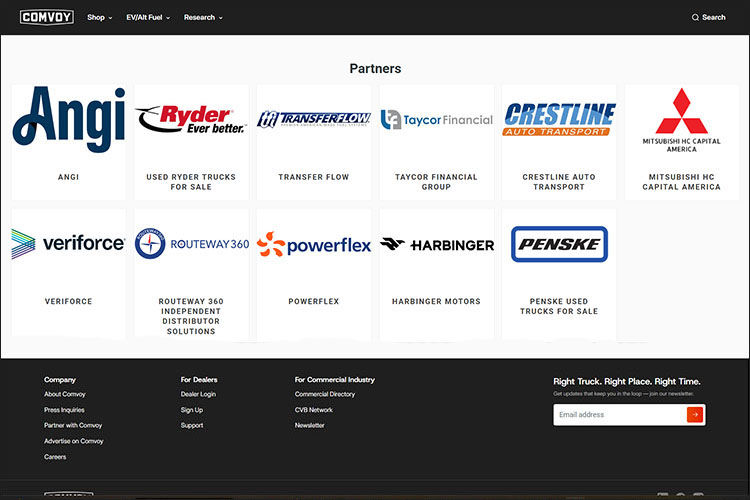PACCAR’s New CARB MX-13 Engine: Is It The Right Choice for Your Fleet?


PACCAR’s New CARB MX-13 Engine: Is It The Right Choice for Your Fleet?
PACCAR's diesel-powered EPA-compliant MX-13 engine has earned a reputation for its fuel efficiency, power, and reliability, making it a popular choice for commercial trucks. Now, in response to demands for even more stringent emission regulations, PACCAR has developed the CARB MX-13 version, marking a significant step in engine development and manufacturing history.
Both Kenworth and Peterbilt have announced the CARB MX-13 as an option in their trucks. However, choosing the right MX-13 engine for your fleet involves understanding the differences between the two versions. The best choice depends entirely on your business's specific needs and operating regions. This article will help you navigate the key differences and make an informed decision.
CARB MX-13 vs. EPA MX-13
The core difference between the CARB MX-13 and EPA MX-13 engines lies in their adherence to emission standards. The CARB version is designed to meet the stringent emissions regulations set by the California Air Resources Board, exceeding the requirements set by the EPA. This is a critical distinction, as CARB regulations are often considered a benchmark for future emission standards nationwide.
In terms of regional restrictions, CARB-compliant engines can operate anywhere in the U.S., providing flexibility for businesses with diverse operational areas. However, EPA-compliant engines might face restrictions in states that have adopted CARB standards, like California, Colorado, New York, and others.
Cost is another factor to consider. CARB-compliant engines typically have a higher price tag due to the advanced technology required to meet stricter emission standards. However, depending on your location and specific circumstances, various government incentives and tax breaks might be available to offset this initial investment.
When CARB MX-13 is the Right Choice
A CARB-compliant engine is essential for long-term compliance and uninterrupted operation if your business operates primarily in California or other states adopting CARB standards. Even if you don't currently operate in CARB states, investing in a CARB engine can future-proof your fleet and provide flexibility for potential expansion into these regions.
Moreover, choosing a CARB engine demonstrates your commitment to environmental responsibility and sustainability, which can enhance your company's brand image and resonate with eco-conscious customers.
When EPA MX-13 is a Suitable Option
For businesses operating exclusively in areas without CARB regulations, the EPA MX-13 engine can be a practical choice. It meets federal emission standards and potentially offers a lower upfront cost compared to the CARB version.
If budget constraints are a primary concern, and you have no plans to operate in CARB states, the EPA MX-13 can be a viable option. However, it's crucial to assess your long-term operational needs and growth plans before deciding.
Making an Informed Decision
Choosing the right engine involves weighing the pros and cons of each version. The CARB MX-13 offers superior emissions performance, future-proofing, and operational flexibility, but comes at a higher initial cost. The EPA MX-13 is a more budget-friendly option for businesses operating solely in EPA regions, but might limit future expansion possibilities.
Consider factors like typical routes, cargo types, fuel efficiency goals, and long-term growth plans to make an informed decision. Investing in the right engine is an investment in your business's future success and sustainability.
SHOP ADVANCED FUEL VEHICLES NOW
Published on: July 09, 2024






